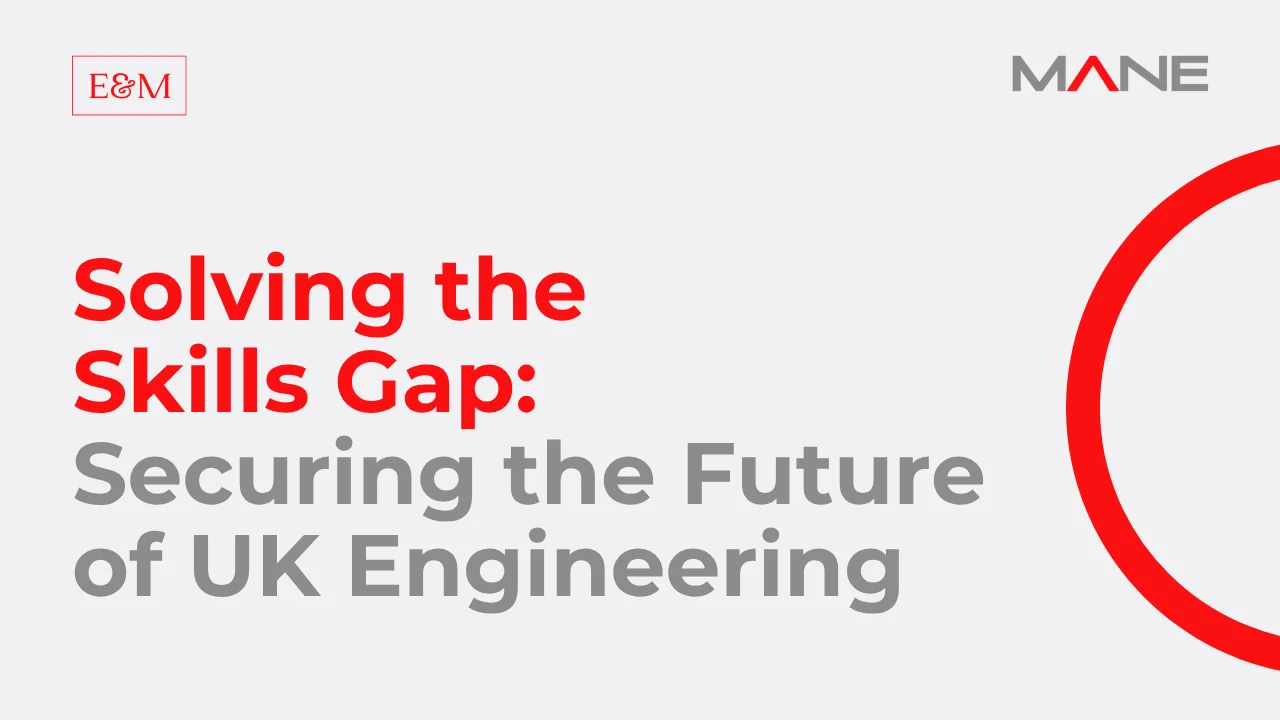ERP could transform Automotive industry
15 Mar, 201610 minsThe first implementation of robotics in the UK automotive sector was as far back as the 1960...

The first implementation of robotics in the UK automotive sector was as far back as the 1960s and, ever since, the industry has been striving towards production lines that are more efficient, flexible and precise. As automotive manufacturing continues to strive towards greater innovation and heightened productivity, it needs to continue to leverage technology and information to build a competitive advantage.
The solution lies in the integration of systems. Many automotive manufacturing businesses are already gathering data throughout the production process through ERP to use in predictive analysis to improve manufacturing simulations and keep tabs on machine performance. But data collection and analysis needn’t stop here, it can be effective even outside of the factory floor.
As vehicles continue to become smarter, manufacturers can start to gather sentiment and information from actual driver usage to improve the R&D process, and gain efficiencies in design, production processes and manufacturing. By analysing service and in-field performance of products, and sending this data back to ERP, manufacturers can more effectively analyse the effectiveness of chosen components and pinpoint when selected parts need to be redesigned or re-engineered for specific tasks.
As vehicles continue to become smarter, manufacturers can start to gather sentiment and information from actual driver usage to improve the R&D process.
Supply chain management optimised by big data can help manufacturers make efficiencies from the procurement process itself, and by gathering data throughout the life cycle of a vehicle, and continually improving design, vehicles can be made more aerodynamic, safe, powerful and effective.
It sounds like a big transformation, but it starts with small changes in thinking and data usage. Small steps in automation, and big changes in the way that data is collected and used towards decision-making processes are the first place to start if the UK automotive industry is going to continue to lead the UK manufacturing industry throughout 2016.
A good example of someone who has used ERP to great effect is Tesla. With software driving its vision, the electric car-maker is disrupting the automobile industry and changing the way we think about cars. It has successfully pushed beyond existing boundaries by utilising the advances that software can deliver, rather than working within the constraints of hardware.
Tesla’s electric cars can accelerate as fast as today’s sports cars without the noise. They are bringing down the cost of driverless vehicles and have proven zero-emissions are possible.
Cars will be networked, safety assured, and journeys optimised in real-time, solving the problem of congestion in cities. The AI-based autopilot advances will make self-driving cars mainstream.
With its fresh approach to the design and engineering of cars, the company has achieved a level of innovation not typically associated with the car industry.
In order to stay ahead of the competition, organisations today must make better decisions, provide better customer service, and find new business opportunities from their data. The key to achieving this is leveraging all available data at their disposal. By feeding this data into the cloud and utilising machine learning and other smart analytics, companies can start to make sense of the vast variety of data and apply it where relevant, to reimagine the user experience completely.
Guided by the outlined steps, companies can go beyond the perceived limitations of ERP in the same way Tesla has for speed, economics and disruption in the car industry.



